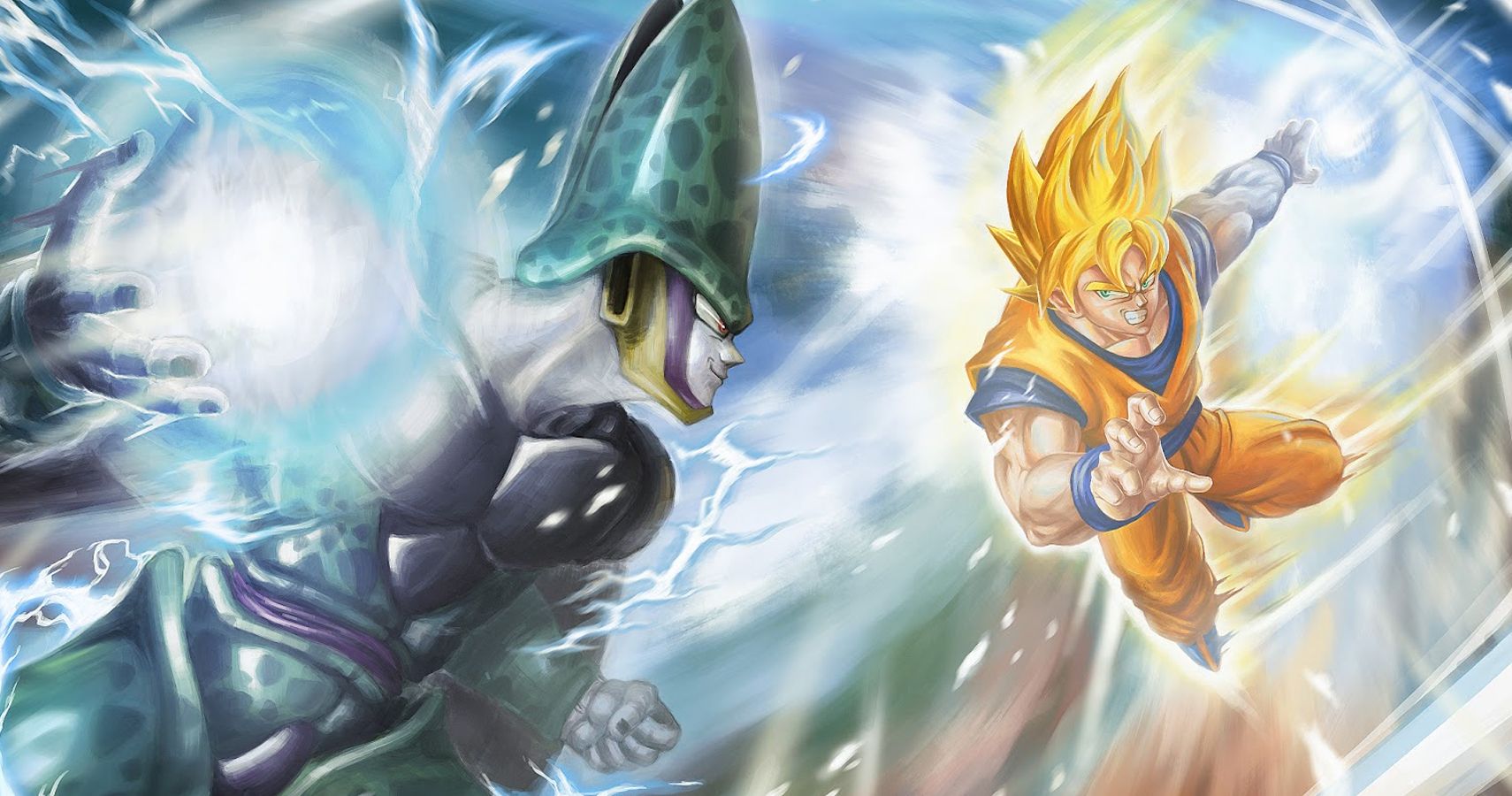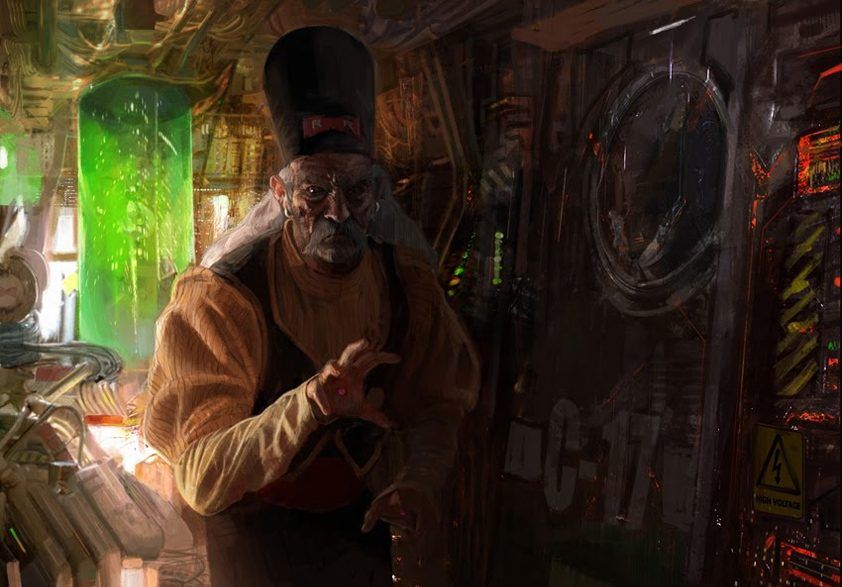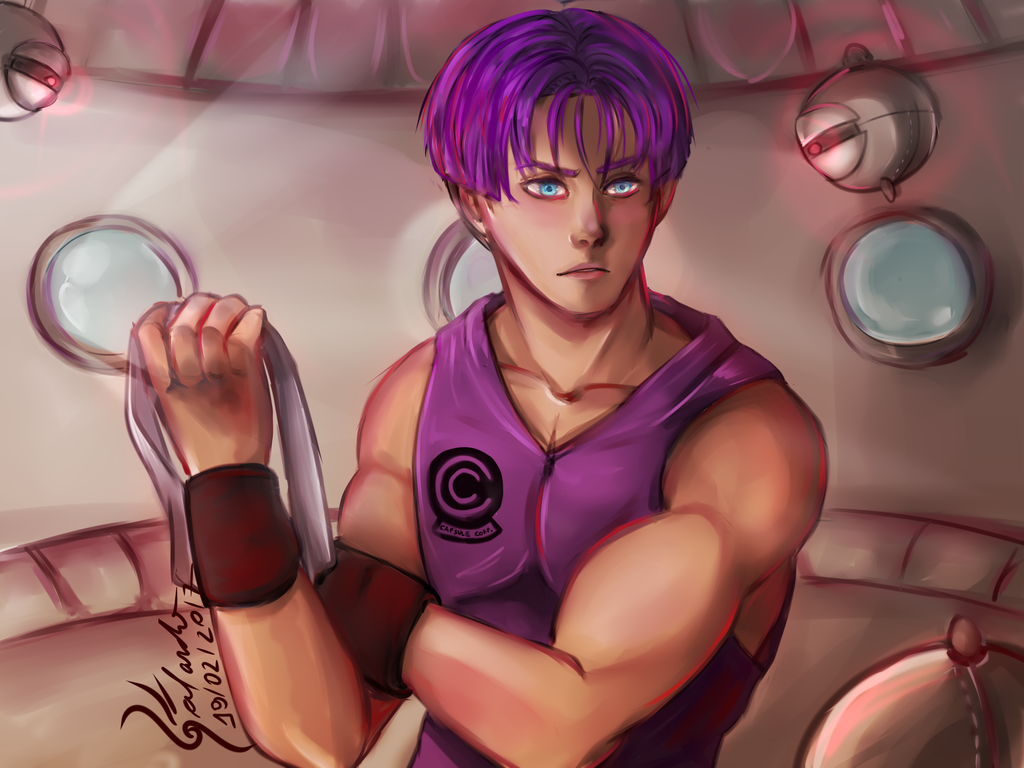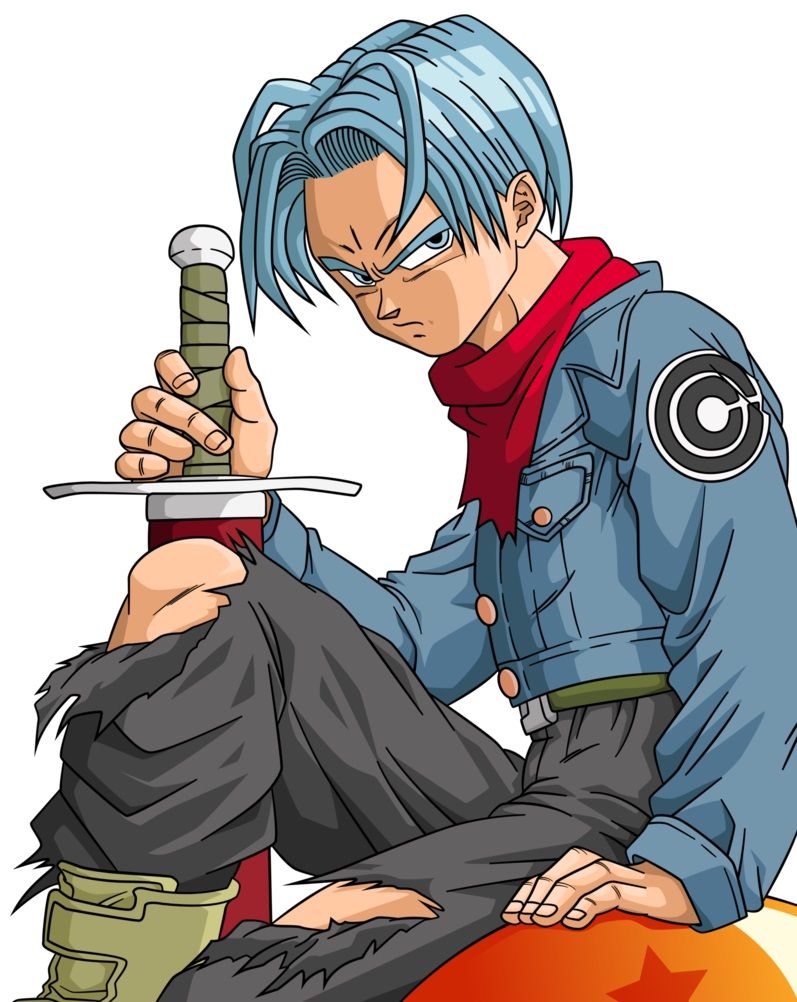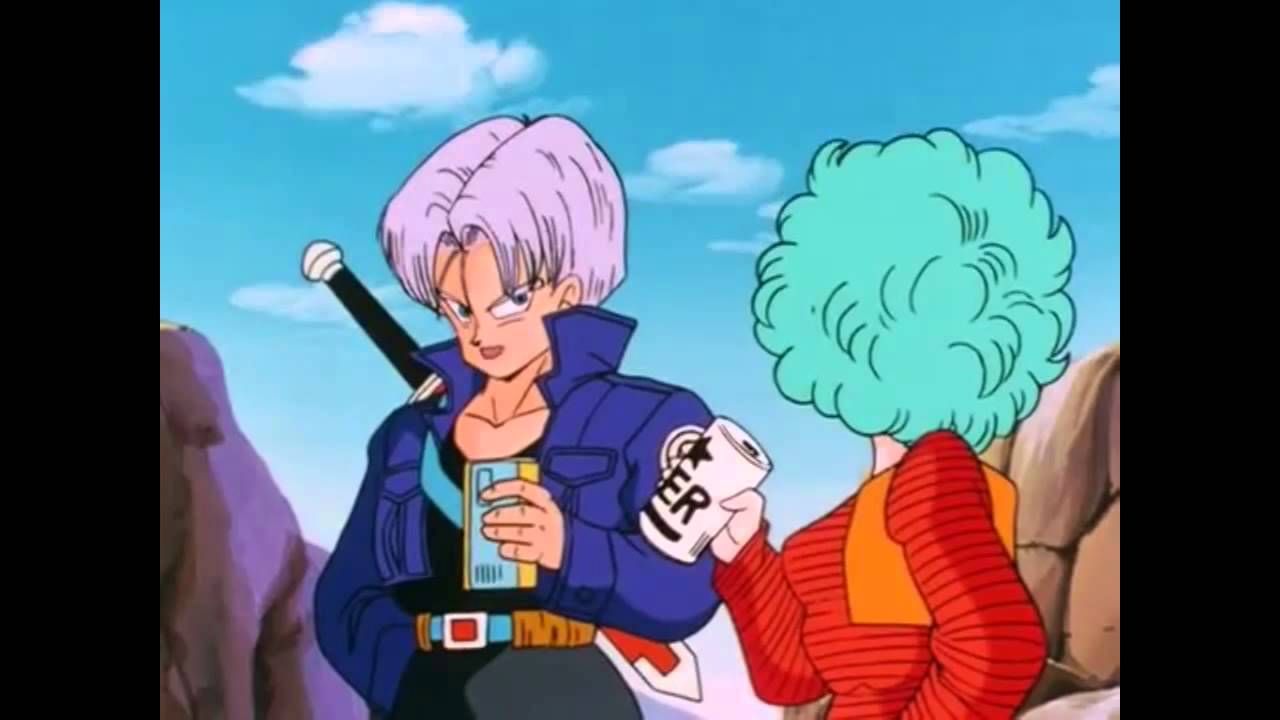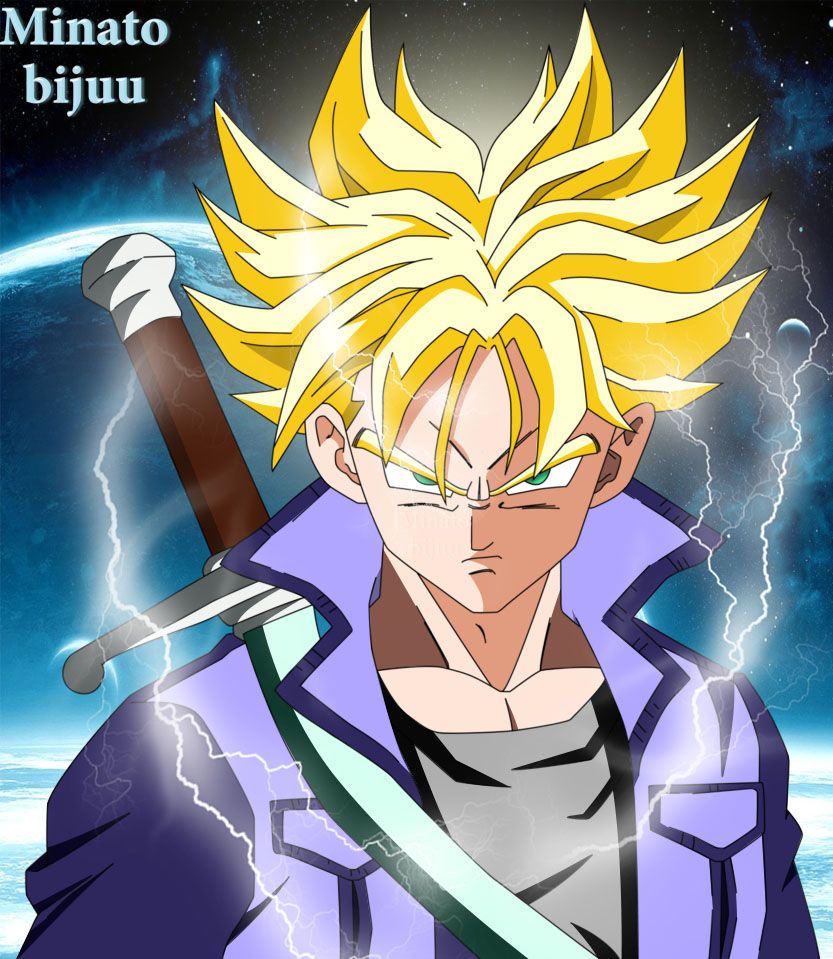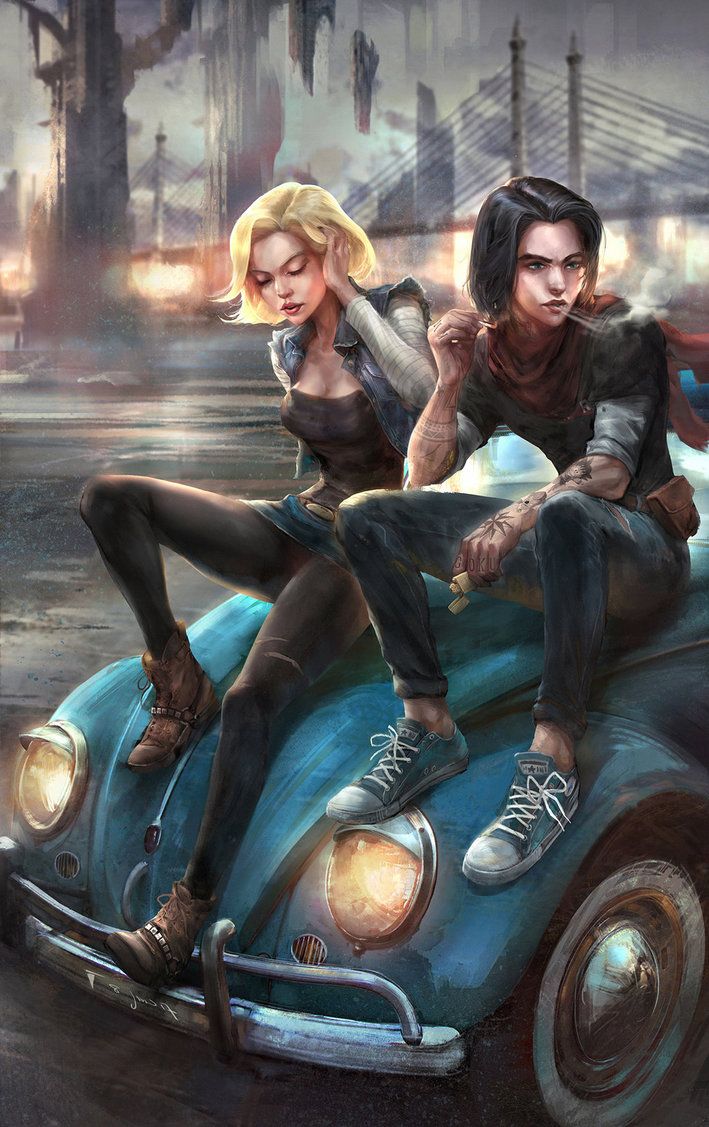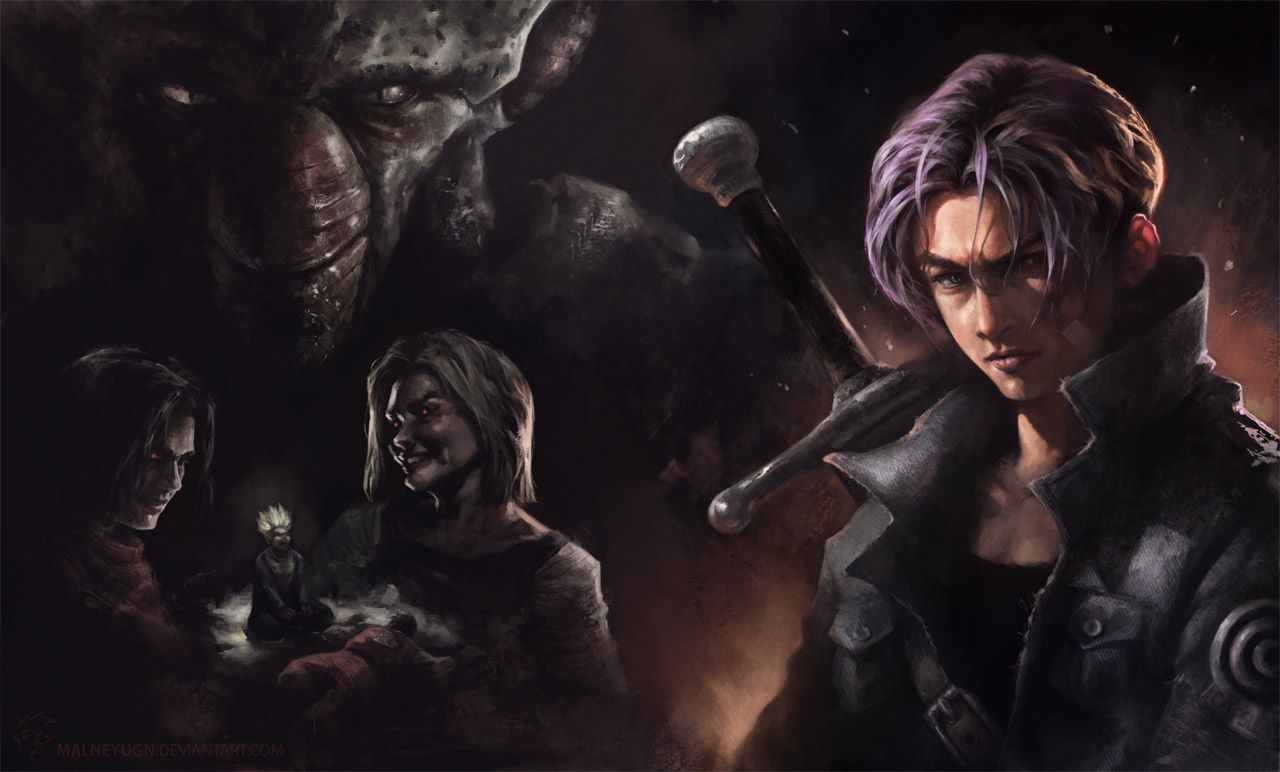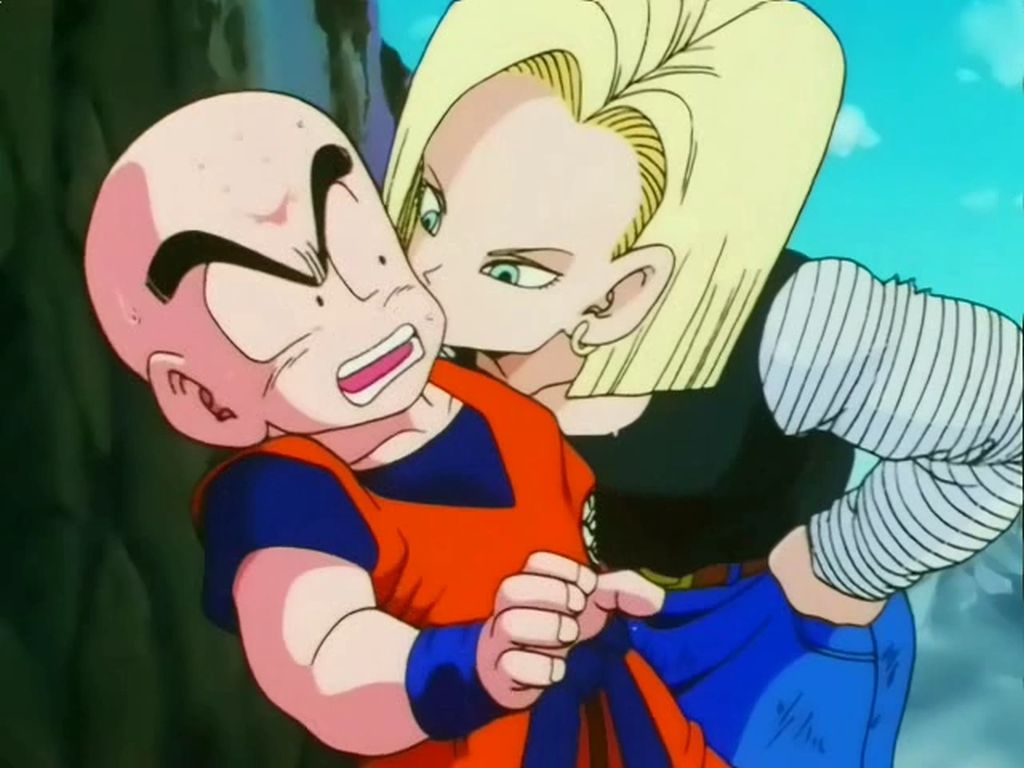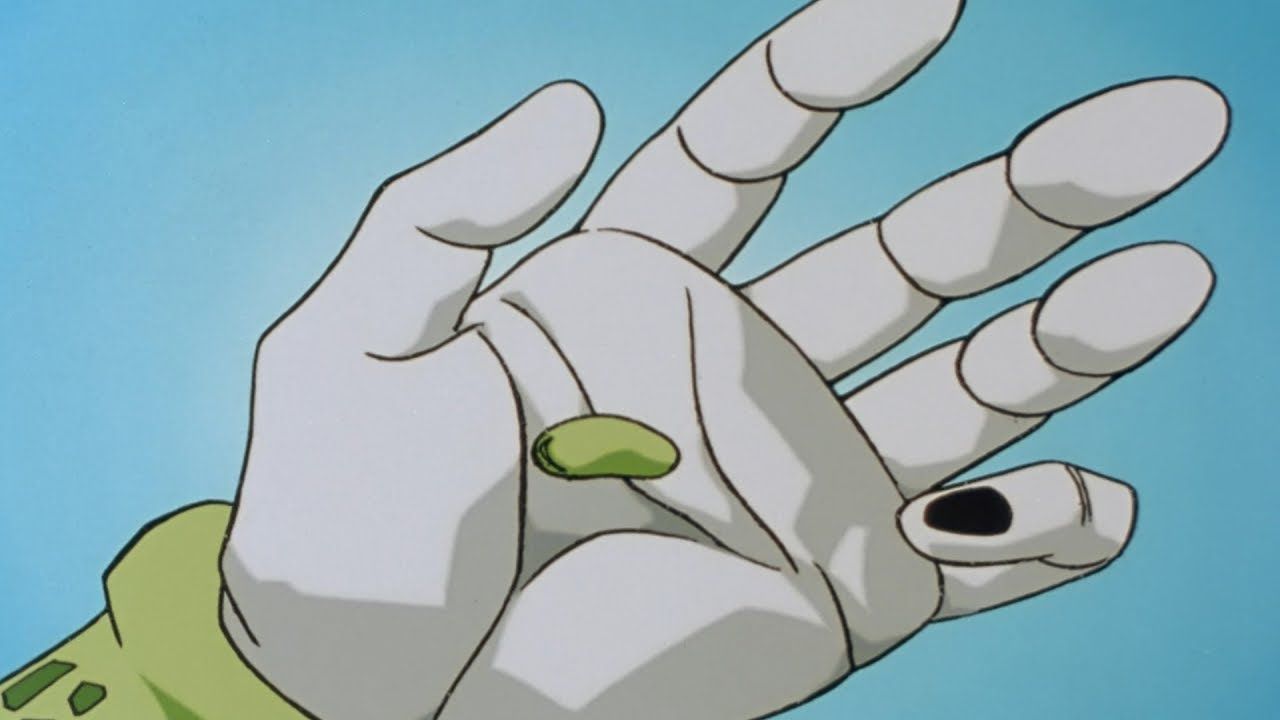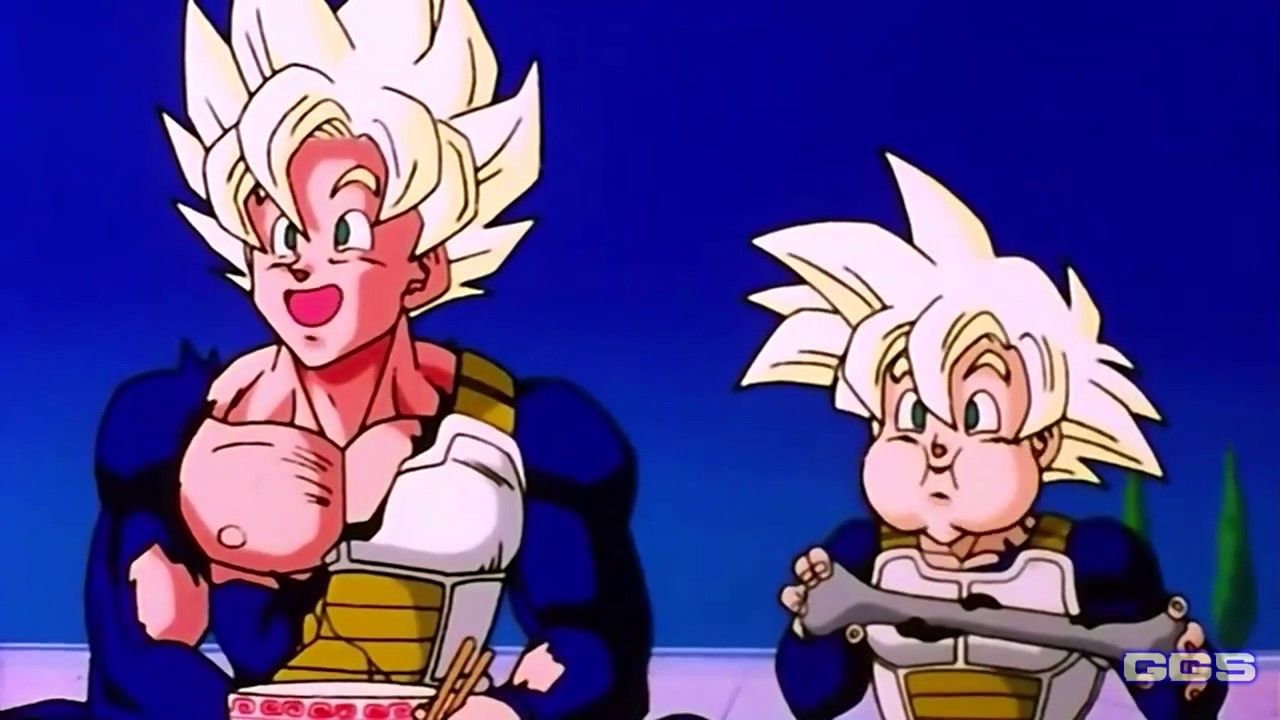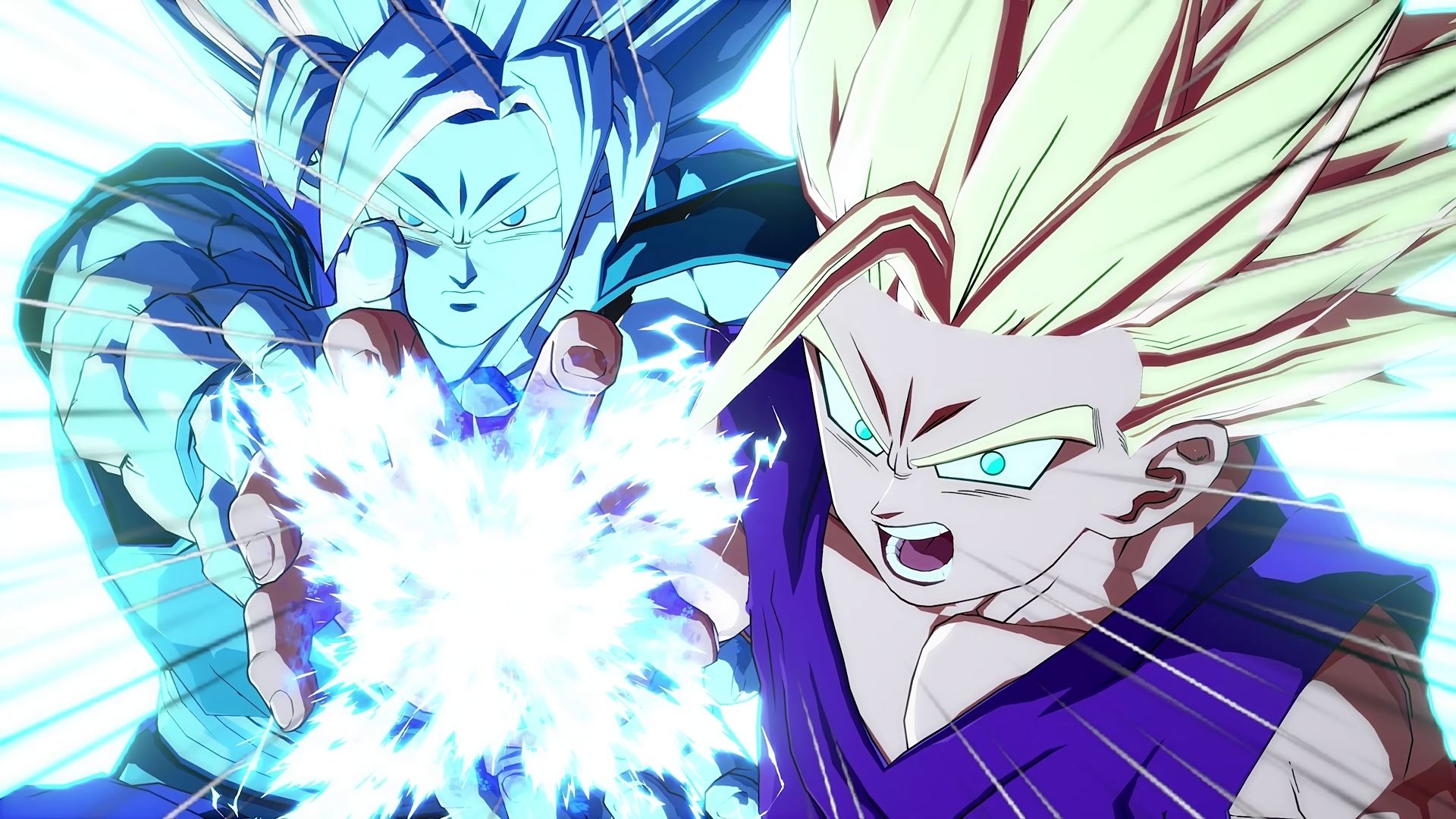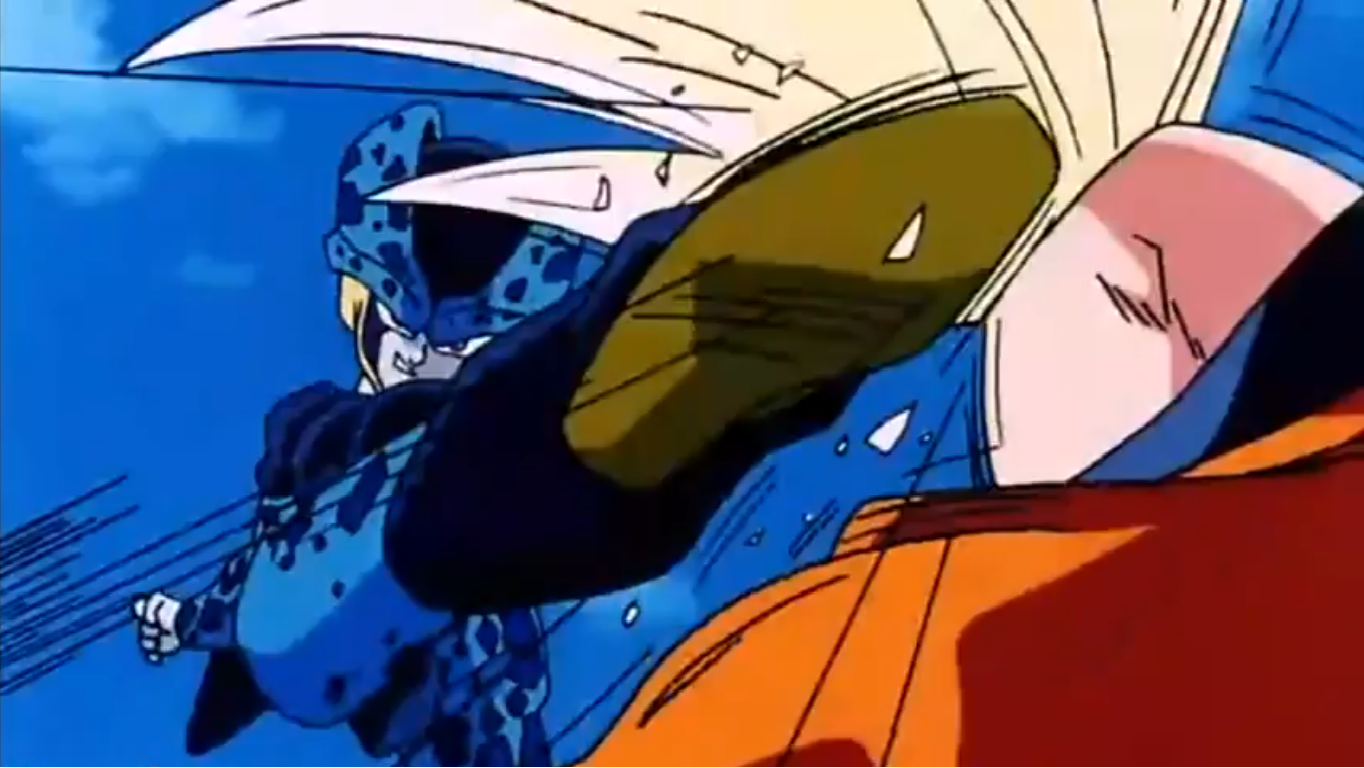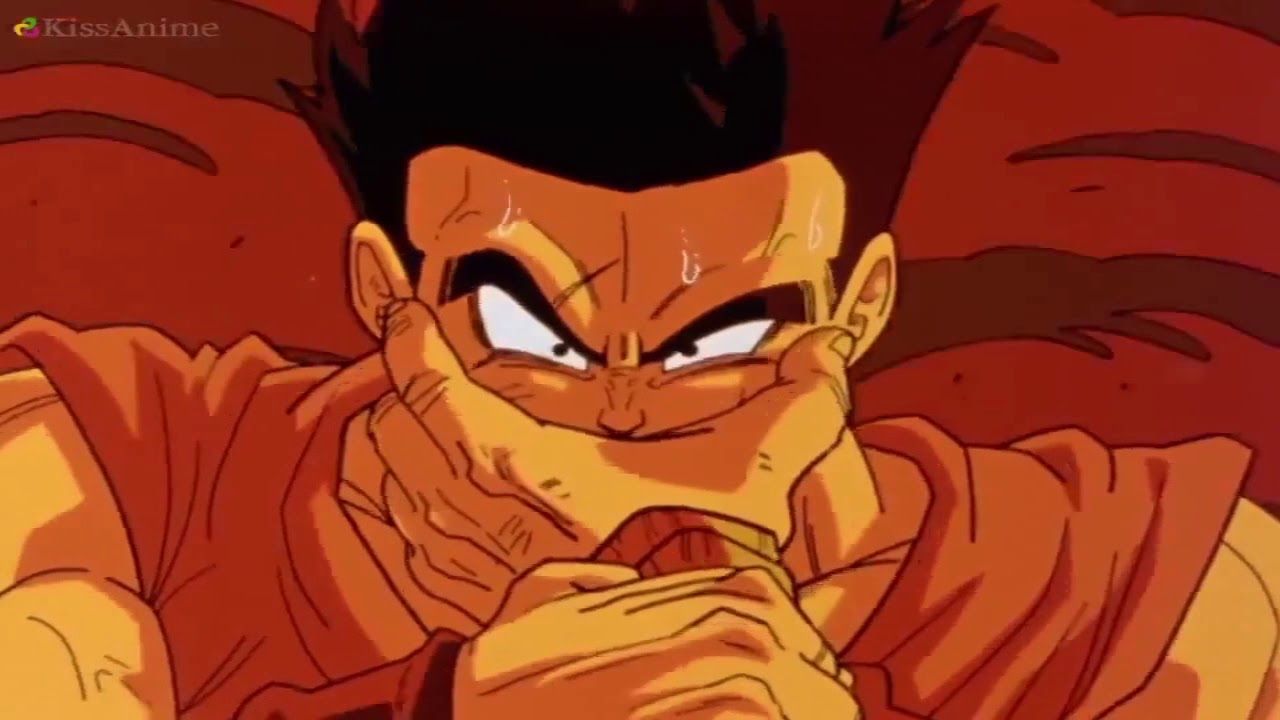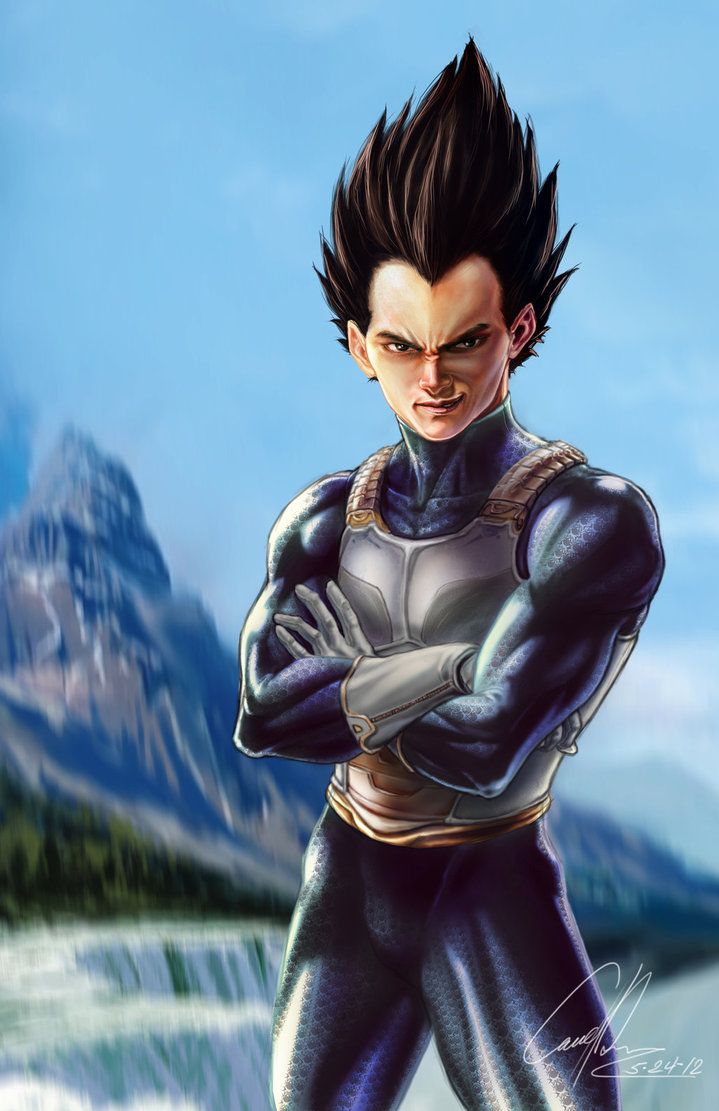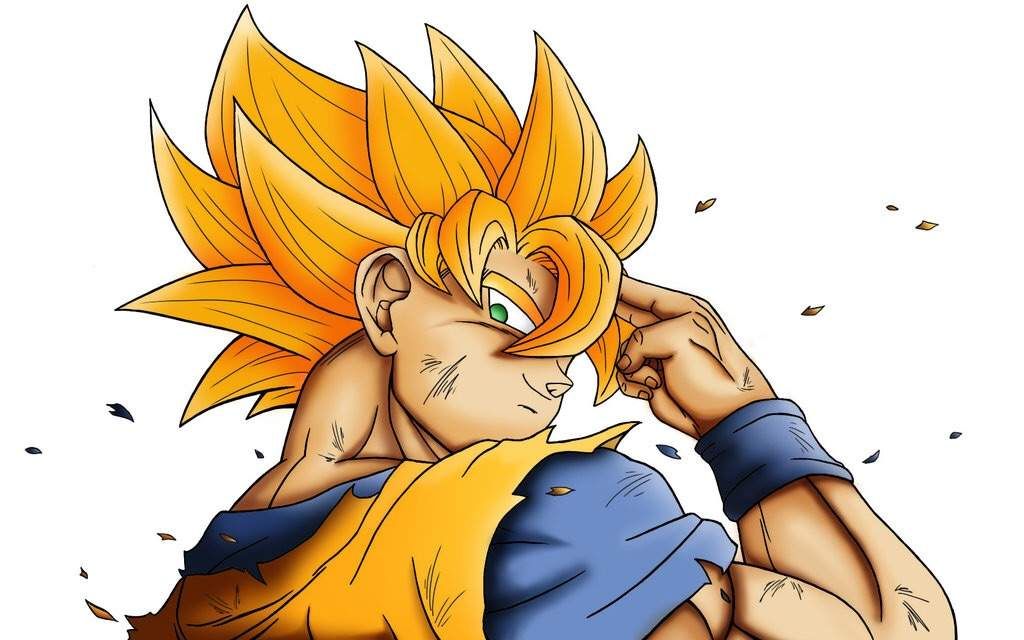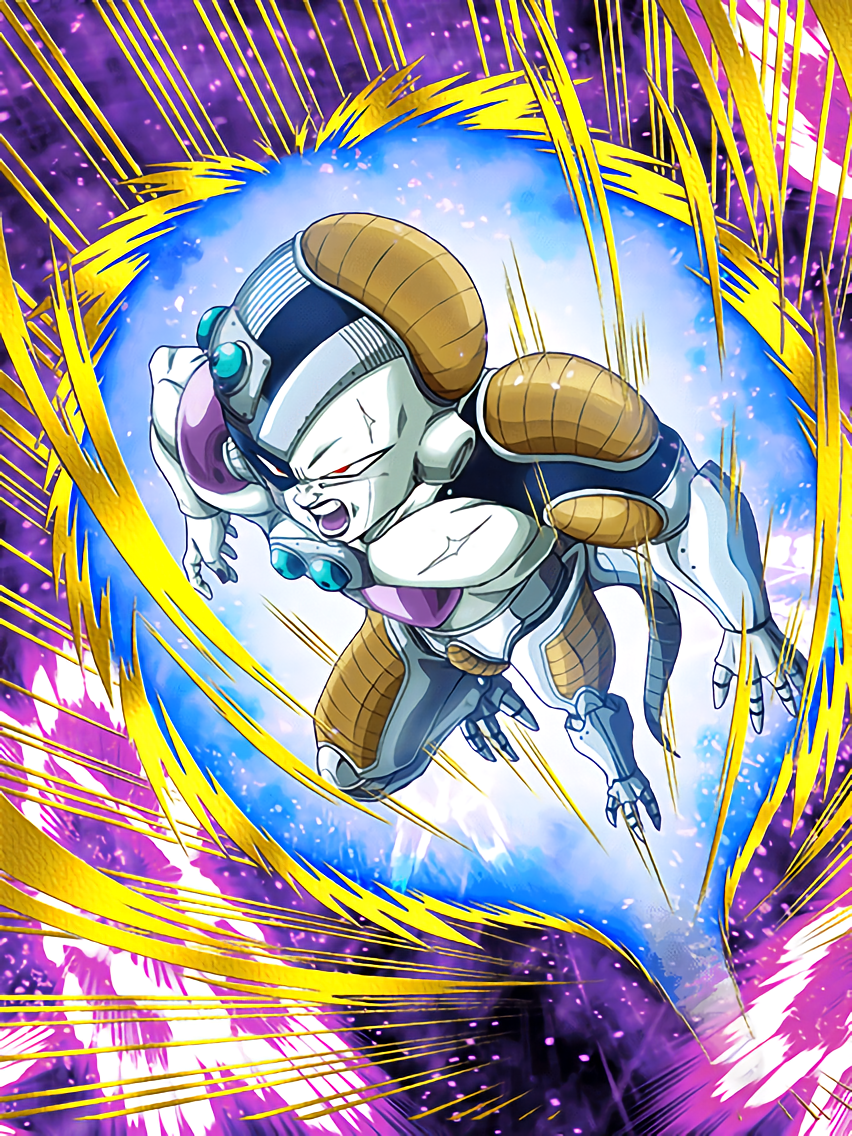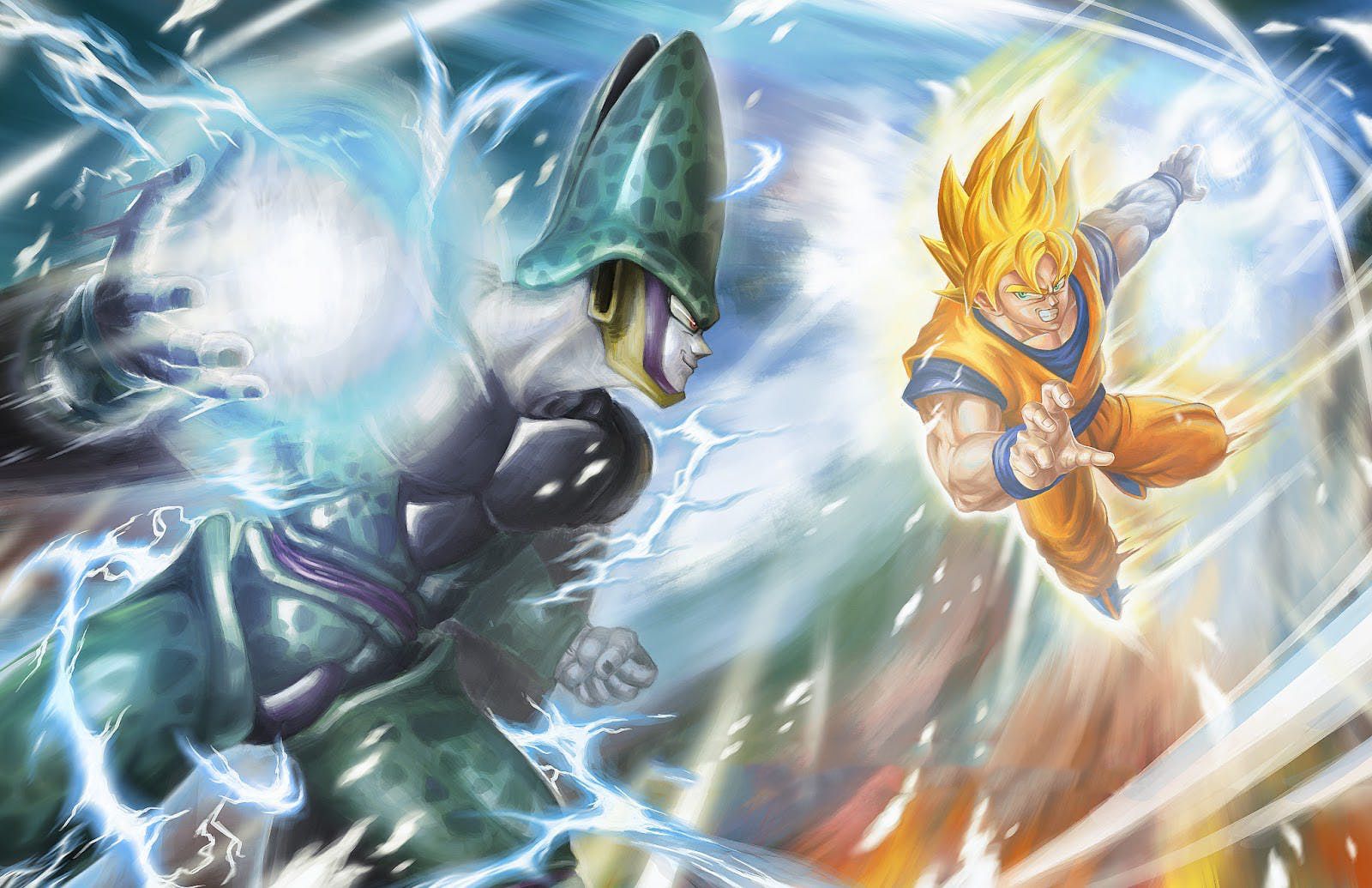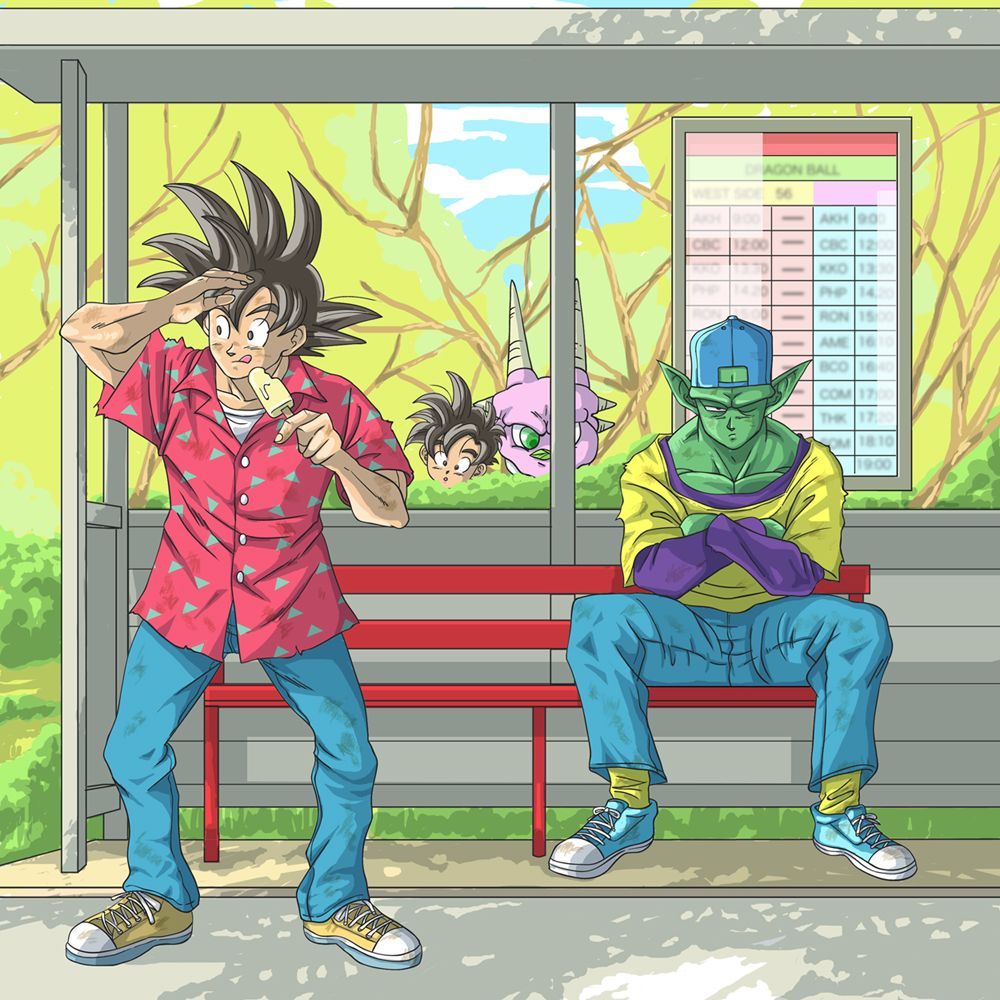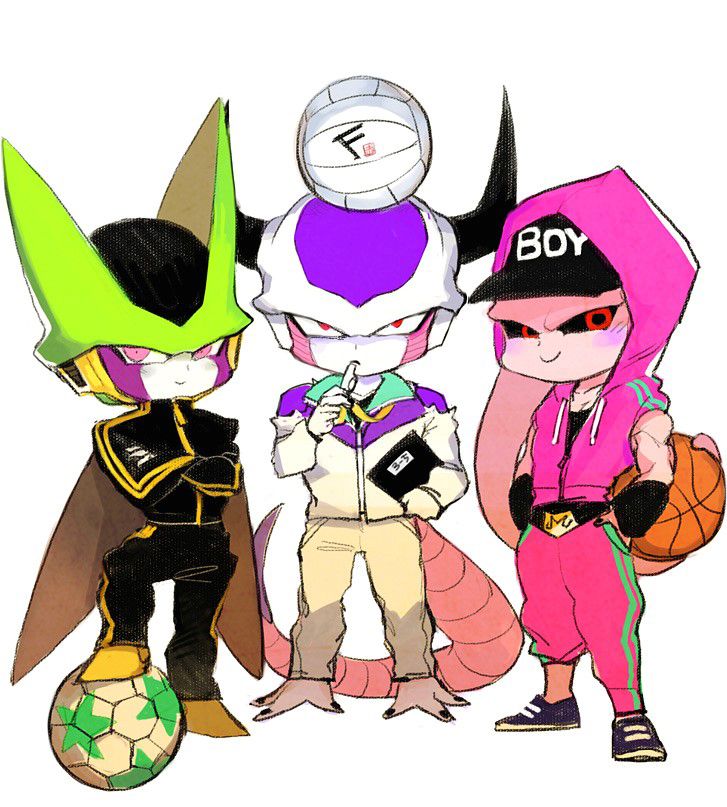The original Dragon Ball’s penultimate arc, the Cell saga is quite the fan favorite among western fans. This is the story arc that introduced Future Trunks, gave Gohan Super Saiyan 2 along with making him the main character, and even sidelined Goku in order to give ample focus to character like Piccolo and Vegeta. In the Earthlings get to interact quite often with the main action, something they hadn’t done since the fight with Nappa all the way back in the Saiyan saga. At the same time, the Cell saga is misunderstood by the fans who love it so much. Whether or not it’s your favorite, there’s no denying that the Cell saga is easily the most interesting of the Z-era storylines. It features an antagonist shift twice, it can’t seem to decide who to focus on, and Goku- the series’ main character- is only active at the very beginning and the very end. What exactly happened with the Cell saga to make it this way? It feels, at times, that Akira Toriyama wasn’t in complete control of his manga. Does that feeling have any legitimacy to it? If you’re a super fan, chances are you know where this is going. If you’re not, get ready to have your perception of the Cell arc change forever.
25 Dr. Gero Was Going To Be The Main Antagonist
You know, for an arc named after him, Cell’s not all that active in the Cell saga. It’s not until the halfway point that he shows up for the first time and, before that, he’s only alluded to once in close proximity to his first appearance. Compared to Demon King Piccolo and Frieza who made their presence known early in their arcs despite not being fought until later, this is an odd change. There’s a pretty good reason for this, actually. Originally, this wasn’t the Cell arc at all. Toriyama’s plan was to have Dr. Gero be the main antagonist from start to finish, effectively making this the Gero saga, before his former editor stepped in and suggested he change the villain. It took a few tries, but Toriyama finally settled on Cell halfway through the storyline.
24 Future Trunks Makes A Fatal Error In His First Appearance
Widely considered to be one of the smartest characters in the main cast, there’s little Future Trunks actually does to counter the idea that he isn’t some kind of secret genius. He’s incredibly proactive, he destroys every villain he can as soon as he can, and he devises strategies way in advance to take on his opponents. He also makes one of the dumbest mistakes in the series. So much for smartest character. When he arrives in the main timeline for the first time, he tells Goku to watch out for Androids 19 and 20. Obviously, this is a mistake. He meant 17 and 18. This could be just a retcon, but this change was not corrected for the manga’s Kanzenban release implying that this line is deliberate after all. In the end, Future Trunks actually did misspeak while warning Goku about the future. Oops.
23 The Butterfly Effect
Even though Dragon Ball takes place in a universe where time isn’t linear, the butterfly effect is still very much a phenomenon as far as time travel is concerned. Some of the major changes that occur in the main timeline after Trunks arrives include: Cell entering the timeline from another timeline; Androids 17 and 18 being stronger; Android 16 actually being awakened; Piccolo and Kami merging; and Majin Buu arriving far earlier than he would in Trunks’ timeline. The smallest event can inspire so much change, can’t it?
22 Time Travel Makes Perfect Sense… Until Super
As convoluted as time travel became during Dragon Ball Super’s Goku Black arc, it did actually make perfect sense in the Cell saga. While it’s certainly still complicated and requires you to suspend your disbelief to fully accept, it’s not all that bad. Time travel can create new timelines, but once those timelines are created that’s pretty much it. Can time travel ever really be perfectly executed? It’s even implied that traveling to the same year from two different timelines will just result in both travelers arriving in the same plane of existence. It wasn’t until Super where the rule of changing the date on the time machine would create a new timeline, making time travel in the same plane virtually impossible.
21 Trunks Turning Super Saiyan Is More Important Than You Think
There’s a subset of fans that criticize Future Trunks turning Super Saiyan so soon after Goku because it diminishes Goku’s incredible feat in the Frieza arc. Does it really, though? If Super Saiyan stayed unique to Goku, the narrative would have to either include weaker enemies for the supporting cast to fight- breaking the series’ flow- or have Goku take on every threat- a trend the series stopped following after the 23rd Budokai. Having Future Trunks turn Super Saiyan so fast makes it clear that this is the new status quo, allowing Vegeta and Gohan to also catch up to Goku, at least conceptually. Without this, Toriyama would have written himself into a corner where only Goku could solve every crisis. This way, there’s at least potential for the other Saiyans to thrive.
20 Androids 17 And 18 Are Inexplicably Stronger In The Present Timeline
As was previously mentioned, Androids 17 and 18 are far stronger in the main timeline than they were in Future Trunks’ timeline. While butterfly effect tends to be the accepted cause, does such an explanation actually make much sense? Every other butterfly effect change has a clear correlation, whether it be because the Z-Fighters are all alive or just because they handled Gero differently. This doesn’t have such a change. Dr. Gero is completely isolated from everyone up until the main cast finally challenge him. From there, things play out differently. Before, though? How could they have? Up to this point, the Androids should have been built in the exact same way. The manga’s version of the Trunks special tries to explain this as 17 and 18 holding back in Trunks’ timeline, but it’s clear that they actually are stronger in the main timeline.
19 Future Trunks’ Timeline Is The Original
Despite the Cell saga essentially being a time travel narrative, it’s still just one arc in a ten arc narrative. Dragon Ball never before focused on time travel or timelines so even though Trunks comes from a timeline in the future, it’s easy to overlook the fact that the timeline we’ve been following for over half a decade at this point wasn’t actually the original. Who knew Dragon Ball could get so dark? Although the events leading up to Future Trunks’ arrival are the exact same in both timelines, only Trunks’ is the original. It’s his time traveling that shifts planes and creates our main timeline- the one where the heroes survive. It’s quite weird to think about. How many other stories had a time travel twist 9/10s of the way in?
18 The Cell Saga Ends Krillin’s Character Arc
For as much as fans like to complain that the Z-era left the Earthlings out to dry, they sure do accomplish quite a bit in the second to last arc in the series. Most notably, Krillin finished a character arc he’s been nursing since his introduction. Introduced as someone mainly interested in martial arts to pursue women, he finally finds love through Android 18. The Cell saga spends quite a bit of time fleshing out their romance and showing us how selfless Krillin has become. He’s willing to put 18’s needs before his own even if it results in them ending up not together. It’s why he revives 17, misinterpreting their relationship as romantic. Krillin finally lets his ego go and is allowed to fall in love earnestly.
17 Goku Giving Cell A Senzu Bean Is Genius
Goku giving Cell a Senzu Bean is often considered one of the dumbest decisions Goku has ever made in the series, but it’s not actually dumb at all. In fact, it’s one of the smartest things Goku has ever done. Fighting Cell, Goku knew he couldn't beat him, but he understood that Cell only wanted to fight him. In forfeiting their match, Goku understands that such an act would naturally aggravate Cell. Sometimes protecting your son means healing your worst enemy. By simply letting Gohan into the ring, Cell would just eliminate Gohan right away, eager to get back to his match with Goku. In the act of Goku giving Cell a Senzu, however, Cell gains a false sense of security. He wants to prove Goku wrong about Gohan, causing him to play with Gohan to push his power out. Ultimately, it’s this act that keeps Gohan alive long enough to turn SSJ2.
16 Goku Is The Only Person Who Believes In Gohan
Goku not understanding Gohan is one of the most common criticisms about his characterization during the Cell Games, but he’s arguably the only character who truly gets him. The only other person who comes the closest is Piccolo when he tells Goku that Gohan doesn’t understand his plan. This causes Goku to feel regret, prompting him to want to go back and fight Cell, but that’s beside the point. The point is that Goku knew, when push came to shove, Gohan would tap into his inner anger and utterly annihilate Cell. Lo and behold, Gohan awakens to Super Saiyan 2, showing off the fruits of his potential. Only Goku understood who Gohan could be and what he was capable of. Perhaps he should have shared his plan with Gohan, but he nevertheless completely understood his son.
15 Gohan Only Fights Twice All Arc
Although Gohan ends the Cell saga as its protagonist, he’s hardly the main character before the Cell Games come around. In fact, he’s barely even a major character. Throughout the entirety of the Cell saga, Gohan actually only fights twice: against Cell and against the Cell Juniors. Future Gohan actually does more all things considered. He spends the majority of the arc away from the action, either hanging out with Bulma or just training with Goku. It isn’t until the Cell Games where he actually does anything. Granted, he does quite a lot in this short time frame, but not enough to retroactively be considered the arc’s main character.
14 Goku Loses Every Single Fight In The Cell Saga
The Cell saga isn’t all that kind to Goku when it comes down to it. Goku only fights three times and he loses every single fight. His first fight is with Android 19 and, while he’s unquestionably stronger, his heart gives in during their battle, causing him to lose; his second fight has him against Perfect Cell and he personally quits the fight so Gohan can jump in and finish the job; and his last fight has him getting throttled by a Cell Junior because he’s too tired from his fight with Cell to fight back. Someone throw this poor guy a bone.
13 The Cell Saga Ends Yamcha's Character Arc
Did you think Krillin was the only Earthling who was done right by the Cell saga? Think again. Although many fans are split on Yamcha’s arc, especially since it ends with him giving up martial arts, it’s important to remember that a character’s arc doesn’t have to end with them getting what they want. Not every wolf gets his day. Yamcha’s arc is a reminder of how quickly one can be outclassed. Introduced as Goku’s first rival, Yamcha honestly never stood a chance. It didn’t even take a full arc until he was outclassed. Him recognizing his limitations in the Cell saga is a moment for him to decompress as a character and find new purpose. Not everyone in Dragon Ball has to end up a fighter and Yamcha decides to take a different path in life.
12 Vegeta Has The Most Screen Time
If you’re the type of person who complains about Vegeta not doing enough in Dragon Ball, stop. Never do it again, please. Vegeta is the character with the most amount of screen time in the Cell saga. Your complaints are unwarranted. In this arc, Vegeta: turns Super Saiyan; defeats Android 19; has a one on one fight with Android 18; trains Future Trunks in the Room of Spirit and Time; fights Semi-Perfect Cell; fights Perfect Cell; fights a Cell Junior; helps Gohan defeat Perfect Cell; and actually grows as a character after he loses Future Trunks. Not a single other person in this saga comes close to Vegeta’s presence.
11 The Cell Saga Is All About Surpassing Super Saiyan
At its core, the Cell saga is less about the Z-Fighters dealing with Cell and more about them trying to surpass the Super Saiyan transformation. This is an idea that applies to Goku, Vegeta, Future Trunks, Gohan, and even Piccolo. At one point, Piccolo even gets his own “Super Namekian” after merging with Kami. Limits were made to be broken. For Goku, Vegeta, and Trunks, they all spend time in the Room of Spirit and Time trying to develop SSJ further. The latter two end up trying to push the physical limits whereas Goku develops a means of eliminating SSJ’s stamina drain. In the end, it’s only Gohan who can combine both styles of mastery into SSJ2, making his potential come full circle.
10 Why Bringing Frieza Back Was Genius
Like with Future Trunks turning Super Saiyan so soon after Goku, Frieza’s return is likewise met with a fair amount of criticism from the fanbase. He just spent an entire arc as the strongest being in the universe and now he’s being trivialized by a teenager? Yup, and it’s actually brilliant. Look at it like this, there was no realistic way Toriyama could naturally up the scales following the Frieza saga. He was the strongest natural being in the universe after all. By having Trunks come in and defeat Frieza so easily only to warn the Z-Fighters about an even greater threat gives the Androids an air of legitimacy they honestly wouldn’t have had they just showed up to fight. Mecha Frieza was a necessary sacrifice to make the Cell saga work.
9 Goku Versus Cell Is A Swan Song
While we all know that Goku doesn’t actually retire from the series at the end of the Cell saga, Toriyama didn’t know that. He truly did intend Goku to bow out and pass the torch onto Gohan. With this in mind, it’s clear to see just how incredible his fight with Cell is as a final battle. Goku pulls out all the stops and, while he’s outclassed, he really makes you believe that he’d be able to gain the upper hand had he kept fighting. In hindsight, it does seem kind of wrong to leave Goku off on a fight he had no chance of winning. Pretty much every single one of Goku’s signature techniques, save the Kaioken and Genki Dama, make an appearance in this fight. This is also just a superbly choreographed fight in general, arguably even better than Gohan versus Cell. Had Goku truly stayed in the backseat after this arc, this would have been the perfect exit for him.
8 Future Trunks Is More Of A Main Character Than Gohan
Vegeta may have the most screen time and Gohan might actually take on the role of protagonist during the Cell Games, but it’s Future Trunks who deserves the mantle of main character. Ultimately, the Cell saga is his story about trying to find a way to fix his timeline. He travels back in time not only to save another future, but to somehow preserve his. He grows the most throughout the arc, gaining a better understanding of his heritage and forming a bond with his father. The final fight of the arc isn’t even between Gohan and Perfect Cell. Rather, it’s between Future Trunks and Imperfect Cell in his timeline. This story was always about Trunks at its core. Just look at the History of Trunks if you need more proof.
7 The Cell Saga Ends Piccolo’s Character Arc
After arcs of being one of the series’ five main character, and even the deuteragonist at a few points, Piccolo’s reign finally comes to an end with the Cell saga. Having merged with Kami, Piccolo fulfills his final purpose and returns to the nameless Namekian he once was. From demon king to God, you couldn't ask for a better character arc. Confronting his divine heritage for one last time, Piccolo puts aside his demonic background to complete his arc. It’s perhaps not as impactful as him recognizing the beauty of humanity in the Saiyan saga or accepting his Namekian lineage in the Frieza arc, but it’s a fitting, realistic end to his arc.
6 Cell Is The Least Threatening Main Villain In The Series
Out of all the main villains in the series, Cell is perhaps the one who feels the least threatening. Even in his own arc, Androids 17 and 18 are depicted as larger threats since they’re the ones actually terrorizing Future Trunks’ timeline. At not point does it feel like Cell will be impossible to defeat. The moment Goku quits his fight against Cell is also the moment Gohan steps up and reveals to everyone just how overwhelmingly powerful he actually is. In comparison: Goku barely defeats Demon King Piccolo even with the Ultra Divine Water; Piccolo nearly pierces Goku’s heart in the 23rd Budokai; it takes Goku, Gohan, Krillin, and Yajirobe teaming up just to subdue Vegeta; and Frieza could have one at any point before Goku went Super Saiyan. Cell starts out weaker than both Androids and ends up weaker than Gohan. He’s not exactly a major threat in the grand scheme of things.

